A silver lining for retail spaces in the cloud of Coronavirus / Thomas Mark Opinion
The coronavirus pandemic is having a debilitating effect on the brick-and-mortar retail sector, but it also offers shopping centers, malls, and other physical retail spaces an opportunity to create strategies to bounce back in the coming months, and perhaps even win back customers from online retailers.
The key to doing this is to become an invaluable part of the social fabric of their communities, something that centers and malls have long tried to do by positioning themselves as the centers of their local communities. In the past, landlords and tenants have tried to balance “business as usual” with creating innovative campaigns to drive footfall and connect tenants with consumers. The results have only been partly successful, but assuming that the current movement will only ease towards Q4, retail spaces can invest the coming months on becoming genuine centers of their local communities—the place where people spend time when not at home or work. To do this, they need to understand what people in their communities want and need, and then put a plan in place to meet those needs.
People want more than a shopping experience
This shouldn’t be news to the retail sector. For years, retail spaces have been aware of the need to offer visitors more than shops and restaurants. Most products can be purchased from multiple outlets —online and physical— and restaurants in centers and malls have competition from cities and suburbs. Whilst cinemas and ice rinks and other activity-based offerings are well-received, to become the “center of the community” retail spaces have to offer public services that people want and need, as well as opportunities for people to come together and build community. This means rethinking the tenant mix to generate footfall: perhaps a library or kindergarten or local community center might be an option. Being the “center of the community” also means creating more events and activities that draw people.
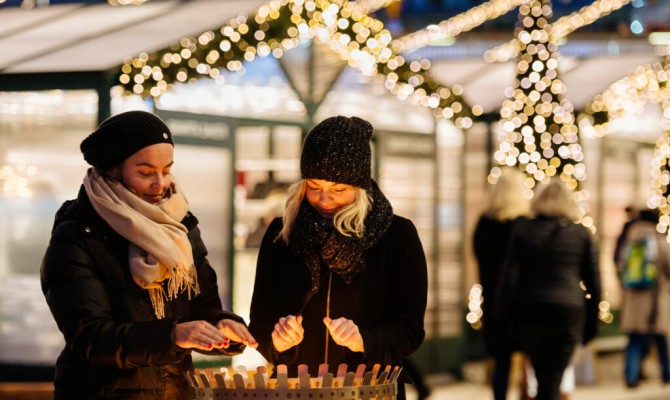
A silver lining for retail spaces in the cloud of Coronavirus / Shopping Centers / Festive lighting & decoration
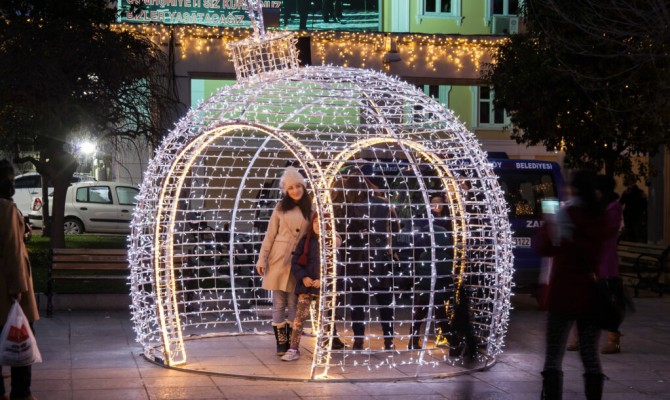
A silver lining for retail spaces in the cloud of Coronavirus / Shopping Centers / Festive lighting & decoration
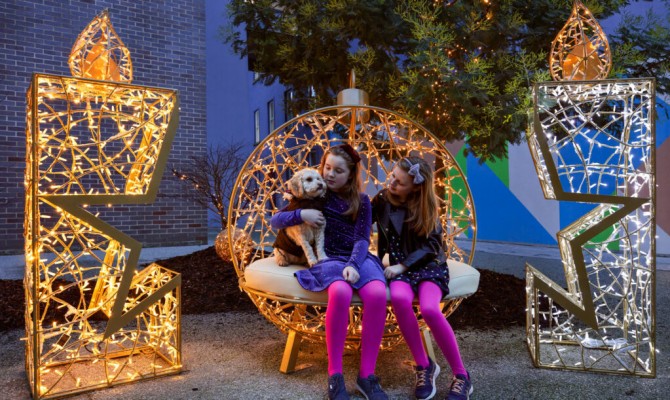
A silver lining for retail spaces in the cloud of Coronavirus / Shopping Centers / Festive lighting & decoration
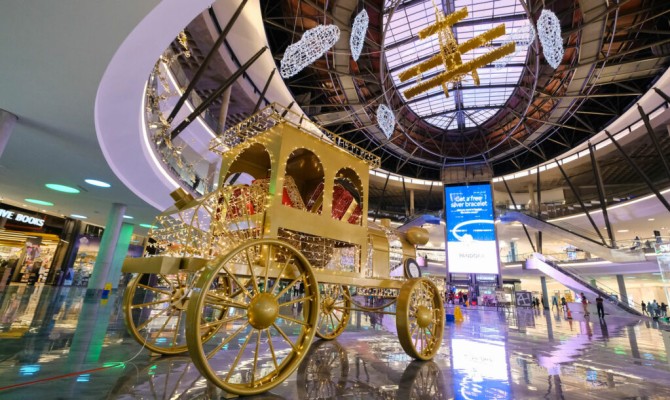
A silver lining for retail spaces in the cloud of Coronavirus / Shopping Centers / Festive lighting & decoration
Community celebrations, events and activities: the ties that bind
Annual events and celebrations have the dual role of bringing people together and making them feel as if they belong. They’re also vital in giving people stability and safety, something lacking for many during of us the current crisis. By creating events and activities around local festivities and celebrations, retail spaces can meet an important community need and create a reason for people to gather with friends and family, and even make new friends, as soon as the crisis ends.
As experts in festive decorative lighting, we know the importance of festivities in bringing people together, and also the importance of focusing on the right celebration. Whether it’s Christmas and Santa in the Christian world, Ramadan in the Muslim world, New Year’s celebrations at the end of December worldwide, Chinese New Year’s celebrations weeks later across much of the Asian world, or something completely different, festivities are part of our cultural identity and by offering a space in which to celebrate them, retail spaces align themselves with their communities. And these are just the big events: individual centers will know what resonates with their local community, what festivities are important to the community, and what will ultimately drive footfall.
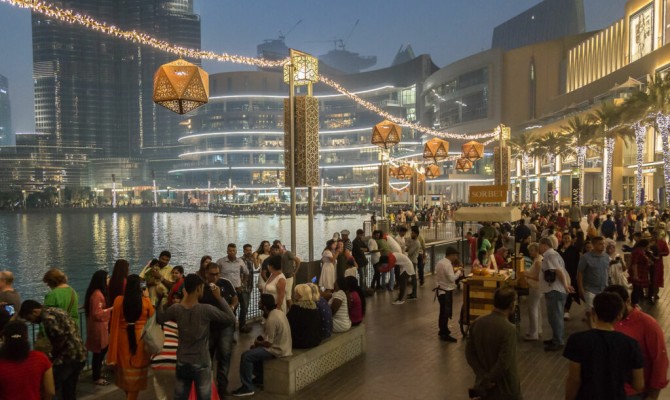
A silver lining for retail spaces in the cloud of Coronavirus / Shopping Centers / Festive lighting & decoration
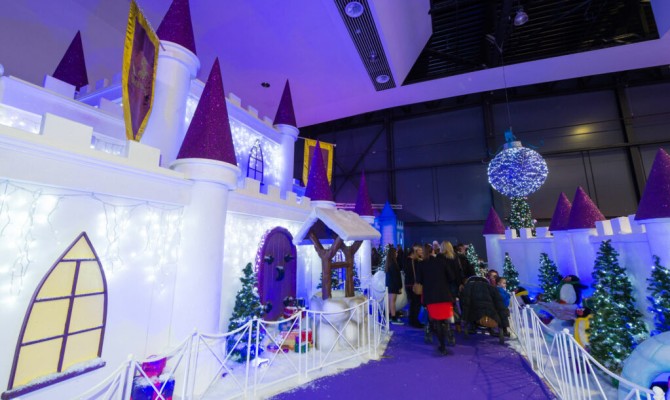
A silver lining for retail spaces in the cloud of Coronavirus / Shopping Centers / Festive lighting & decoration
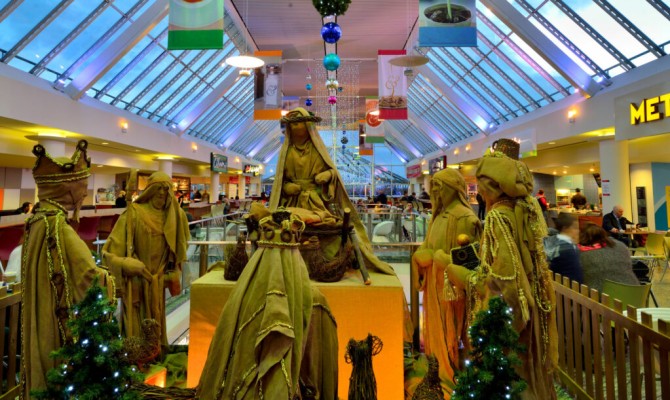
A silver lining for retail spaces in the cloud of Coronavirus / Shopping Centers / Festive lighting & decoration
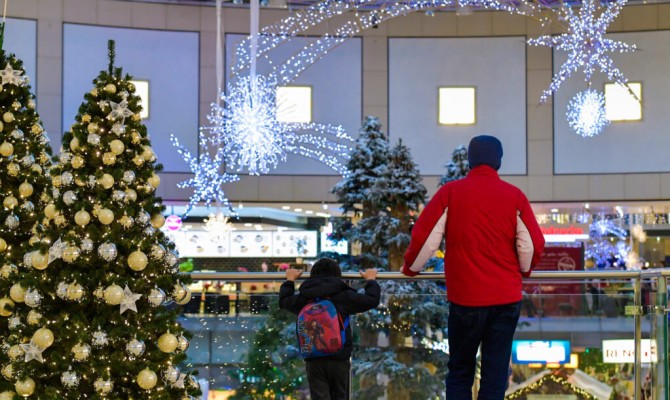
A silver lining for retail spaces in the cloud of Coronavirus / Shopping Centers / Festive lighting & decoration
Meeting the wants and needs of the community
For a number of years, forecasters have spoken about the gradual change in societal values. The trend for conscious consumption as opposed to conspicuous consumption, the increased awareness of climate change and sustainability, and the demand for experiences instead of transactions has been gradual, but the current crisis has allowed the trend to develop more rapidly than expected. And of course, health and safety is now at the forefront of all minds at the moment, and will continue to be an important need to meet.
Retail spaces are in a unique position to acknowledge these shifting values, wants, and needs, and to respond to them. Free masks, hand sanitizer, and toilets, combined with regular publicity about daily cleaning activities is a quick and easy win. The combined efforts of landlords and tenants to demonstrate a willingness to work towards sustainable solutions, “woke” (aware) consumption, and meaningful community experiences will have a positive effective, too. But these aren’t the only values that retail spaces need to pay attention to.
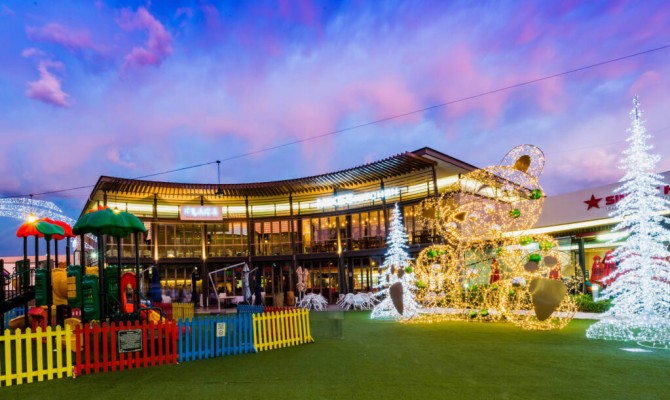
A silver lining for retail spaces in the cloud of Coronavirus / Shopping Centers / Festive lighting & decoration
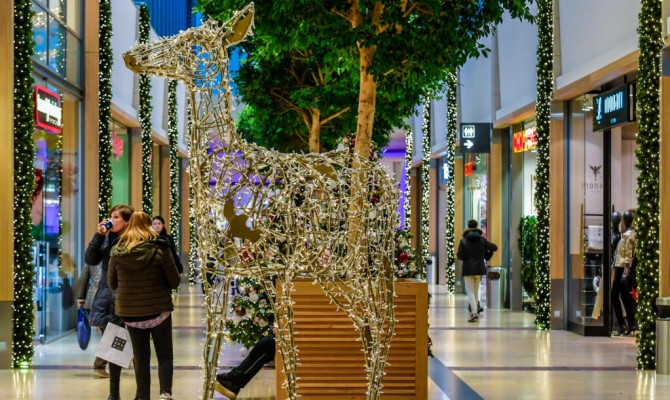
A silver lining for retail spaces in the cloud of Coronavirus / Shopping Centers / Festive lighting & decoration
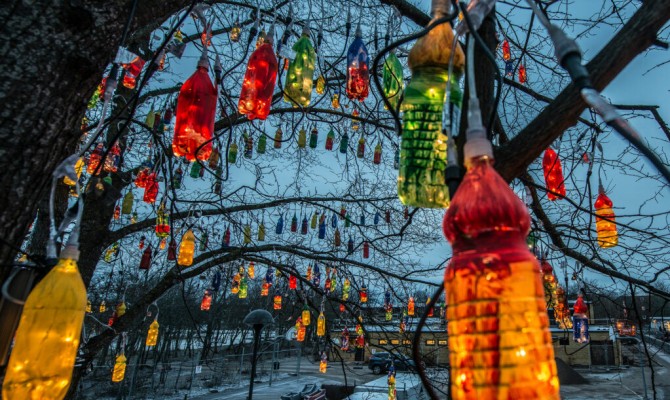
A silver lining for retail spaces in the cloud of Coronavirus / Shopping Centers / Festive lighting & decoration
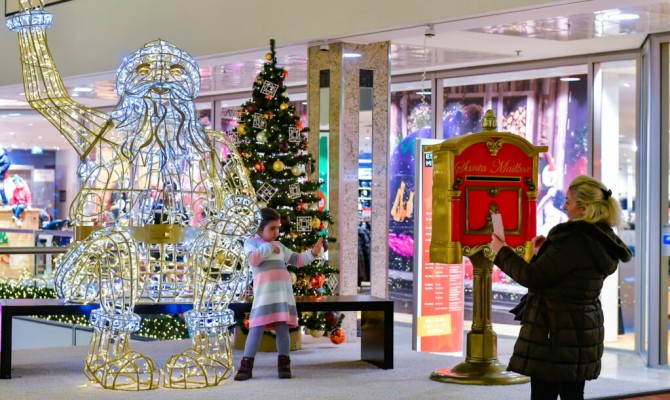
A silver lining for retail spaces in the cloud of Coronavirus / Shopping Centers / Festive lighting & decoration
The move to localism
At the same time, additional values have come to the fore. These include a form of localism that isn’t simply about buying local products, but also about buying local products from local suppliers who cater to local tastes and the specific interests of the community. People want to buy from locally-owned businesses to ensure that money stays in the local economy and benefits the local community. Although centers and malls owned by global investors and anchored by big-brand stores can’t become local overnight, hosting local food fairs and exhibitions featuring local retailers, artists, and artisans can go a long way to adding local flavour and winning hearts.
Center management groups can also adjust their business practices to benefit the local economy of each retail space directly. Here at MK Illumination, for example, we have 40 local offices worldwide. Each local office leverages our global expertise but applies their local insights to ensure that the solutions they offer are right for their regional or national customers. But that’s not all: each company is financially independent, responsible for paying taxes locally, which means we give back to the local economy wherever we work.
In the same way, centers and malls can leverage the global power of their group, whilst creating a unique local experience for their community, and benefiting the community economically, too.
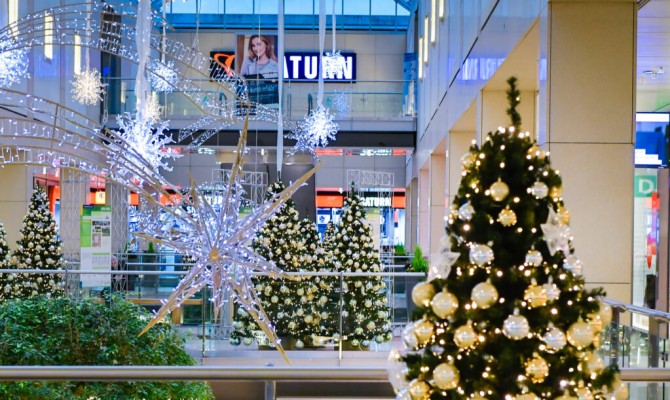
A silver lining for retail spaces in the cloud of Coronavirus / Shopping Centers / Festive lighting & decoration
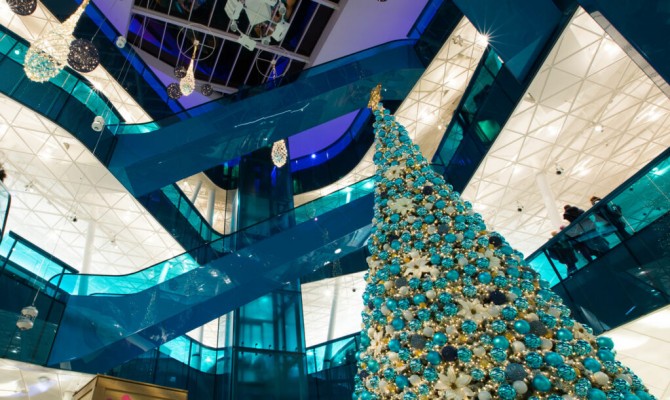
A silver lining for retail spaces in the cloud of Coronavirus / Shopping Centers / Festive lighting & decoration
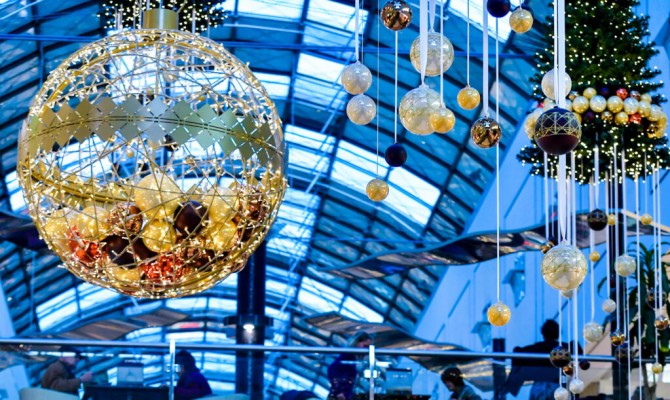
A silver lining for retail spaces in the cloud of Coronavirus / Shopping Centers / Festive lighting & decoration
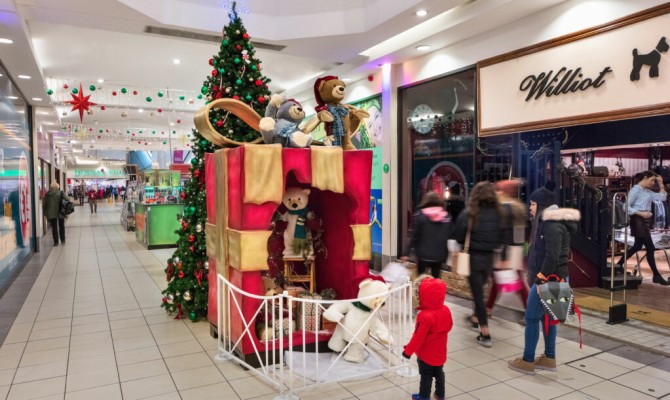
A silver lining for retail spaces in the cloud of Coronavirus / Shopping Centers / Festive lighting & decoration
The silver lining
Most of these activities simply aren’t possible when retail spaces are in a “business as usual” mode. There is barely enough time to think, let alone consider radical new approaches. Now that we are in a “business as unusual” situation, retail spaces have the opportunity to look at trends, research what their communities really want, and find novel ways to bounce back and thrive. If they succeed—and success depends on the combined efforts of landlords and tenants—they have a good chance of bringing people back in greater numbers than ever before for repeat visits, and making their retail spaces a valued and well-supported part of the wider community.



